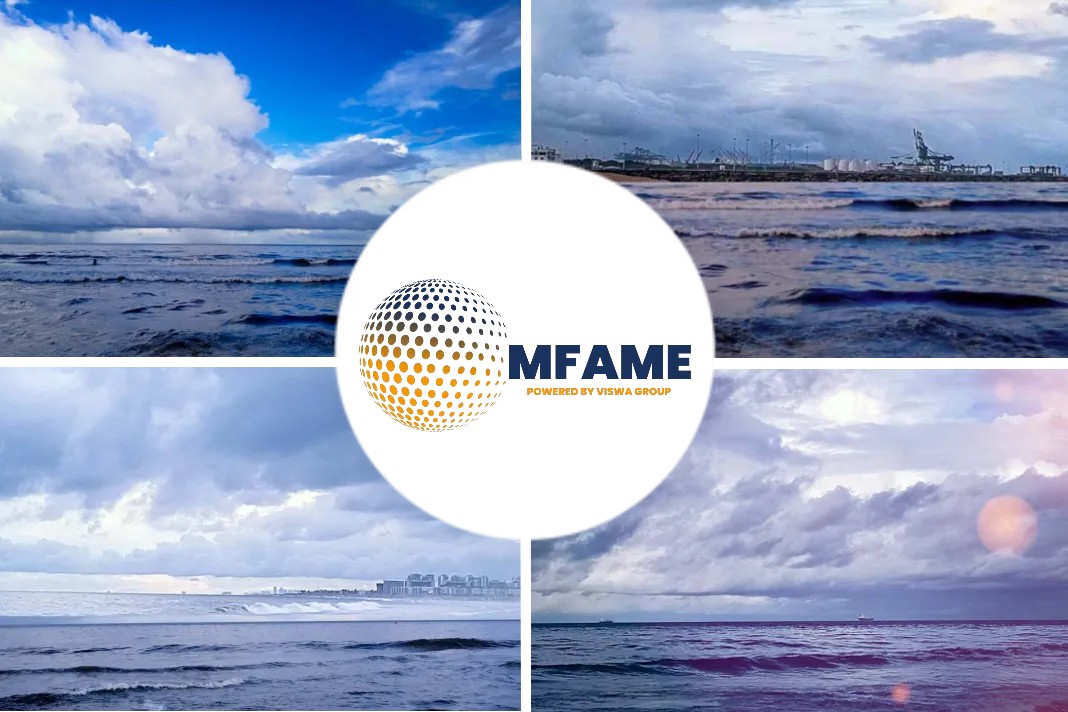 By 2030, we are meant to have 5% of the world fleet of some 60,000 ships using no fossil fuels at all, says an article published on splash website.
By 2030, we are meant to have 5% of the world fleet of some 60,000 ships using no fossil fuels at all, says an article published on splash website.
Oil crisis
In 1979 there was an oil crisis brought on by the revolution in Iran. Crude oil doubled in price to $39.50 per barrel. The supply of oil dropped by around 6%, but that was enough to get people excited.
So far as shipping was concerned, there was a wave of orders for bulk carriers to carry all the coal that the world was about to start using (see “bulk carrier crash, 1983-7”), the big tankers that had poked their noses out of lay up went back into lay up (see “tanker crisis”), the flood of product tankers ordered on the back of a famous Drewry report found their market had vanished like the morning dew, and a handful of people thought that there might be an opening for a sailing cargo carrier.
I remember the design that they came up with. It was a completely orthodox square rigger, picking up roughly where the Flying P Line of F. Laeitz GmbH had left off in 1914, but larger, 14,000 tons deadweight rather than 8,000, because the proposers, some of whom had experience in the last real sailing ships, thought their ship might substitute directly for an SD14 ‘tweendeck tramp.
New proposal
I regret to say that I cannot remember the names either of the proposal or of the people behind it, but it was an honest outline design, not that insult to everyone’s intelligence, an ‘artist’s impression’, whilst CGI didn’t exist in 1979.
We are now seeing new proposals for sailing merchant ships. Those that I have seen are ‘artist’s impressions’ or ‘CGI’ and they do not look like any sailing ship that has been seen before. Two well-known proposals get round the hatch size problem by being envisaged as roll-on, roll-off ships. One is a car carrier, and the other is a cargo roro.
Both have dates of 2024 or 2025 attached to them, at present they only exist electronically, and both are aimed at the North Atlantic, which is quite well suited to sailing ships, as it is windy for most of the time, unlike, say, Shanghai to Rotterdam.
Sailing ships real, or are they exercises in kite flying
I would like to take these ideas seriously, but they do not look as if they are really intended to sail; that is, to operate as a cargo carrier under wind power alone, because the sail area in the CGI pictures looks too small in relation to the size of the hull, and they have novelty rigs, yet to be tried and proven. The power to weight and sail area to windage ratios seem low, assuming the rig works reliably, so I suppose that they are going to start the engine to get anywhere in all except ideal conditions. The North Atlantic is not famous for its ideal conditions.
Are these sailing ships real, or are they exercises in kite flying, like the ‘proposals’ for odd looking superyachts that are touted around to catch the attention of billionaires seeking to impress their neighbours at Cannes? Meanwhile, the ordinary everyday shipping companies, including one that is behind one of these proposals, get on with ordering ordinary motor ships, made from ordinary steel, to be fuelled with ordinary methane, or even ordinary heavy oil, or that fashionable thing, a combination of both.
Summary
- By 2030, we are meant to have 5% of the world fleet of some 60,000 ships using no fossil fuels at all.
- In 1979 there was an oil crisis brought on by the revolution in Iran. Crude oil doubled in price to $39.50 per barrel.
- There was a wave of orders for bulk carriers to carry all the coal that the world was about to start using (see “bulk carrier crash, 1983-7”), the big tankers that had poked their noses out of lay up went back into lay up (see “tanker crisis”).
- Meanwhile, the ordinary everyday shipping companies, including one that is behind one of these proposals, get on with ordering ordinary motor ships, made from ordinary steel, to be fuelled with ordinary methane, or even ordinary heavy oil, or that fashionable thing, a combination of both.
Did you subscribe to our daily newsletter?
It’s Free! Click here to Subscribe!
Source: splash247.com















